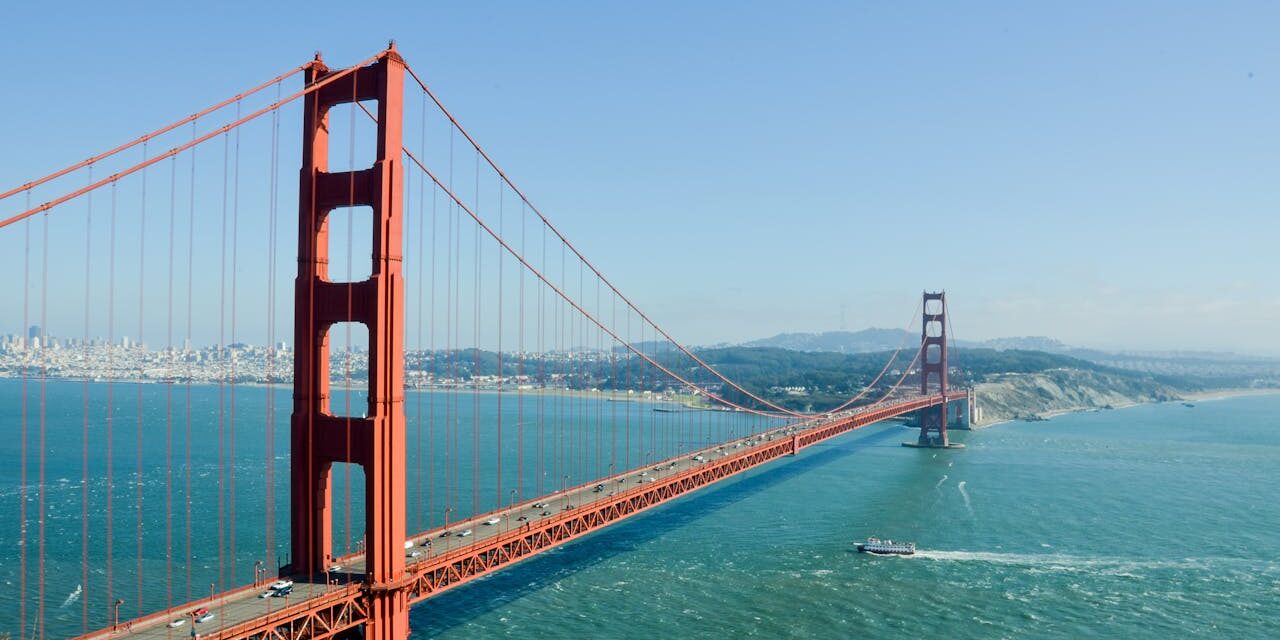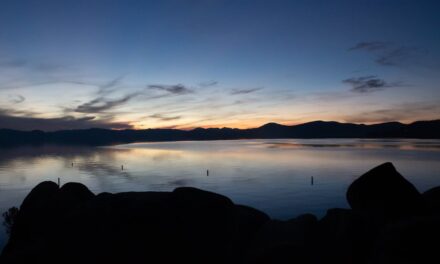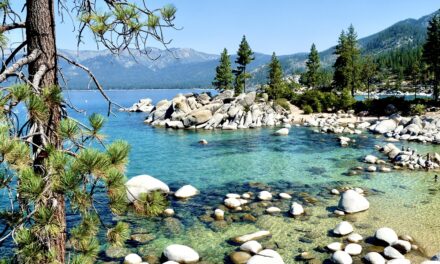As a native Californian with roots stretching back four generations, my connection to this state runs deep.
I’ve lived among the historic towns of Northern California, and traversed the length of this state, from the rugged cliffs of the coast to the towering peaks of the Sierra Nevada. With an ancestry linked to Wild Bill Cody, I’ve always felt a profound connection to California’s Wild West heritage.
Let’s dive into the rich history of California, a state that has been a backdrop to remarkable events and transformations.
Table of Contents
Indigenous Beginnings and Spanish Colonization
Long before the term ‘California’ was spoken, diverse indigenous groups like the Ohlone and Miwok thrived here.
The arrival of Spanish explorers that started in the 16th century marked the beginning of recorded history, with the establishment of missions that aimed to convert the native population and stake a claim for Spain.
The Mexican Era and the Road to Statehood
Following Mexico’s independence from Spain, California became a Mexican territory.
But it was the discovery of gold in 1848 that irreversibly changed the state’s destiny, ushering in the Gold Rush and leading California to become the 31st state of the Union in 1850.
The Gold Rush: California’s Population Explosion
The Gold Rush was a magnet for fortune-seekers.
Towns like Auburn, Colfax, and Grass Valley, where I spent part of my life, sprang up almost overnight. This era of rapid growth and lawlessness gave rise to figures like Wild Bill Cody and etched the ‘Wild West’ into the American psyche.
The Transcontinental Railroad and Economic Boom
The finishing of the Transcontinental Railroad in 1869 connected California to the rest of the country, fueling economic growth.
Agriculture, oil, and trade became the new gold, propelling California into an era of prosperity.
Hollywood and the Birth of the Entertainment Industry
In the early 20th century, Hollywood’s movie industry turned California into a global cultural icon.
The state became synonymous with glamour, innovation, and the American Dream.
World War II and the Defense Industry
During World War II, California’s shipyards and defense plants played a pivotal role.
Cities transformed, populations shifted, and the state’s strategic importance was solidified.
Postwar Prosperity and Suburban Expansion
The postwar period saw the expansion of suburbs, a booming economy, and innovations in technology.
California defined the modern lifestyle with its highways, homes, and consumer culture.
California’s Tech Revolution: Silicon Valley
Silicon Valley became the heart of the tech revolution, home to companies that would shape the future.
This region continues to be at the forefront of innovation, drawing talent from across the globe.
Q&A: Unraveling California’s Past
Q: How has California’s indigenous heritage influenced modern California?
A: The traditions and histories of California’s indigenous peoples are integral to the state’s cultural fabric. Efforts to preserve native languages, art, and land rights continue to influence contemporary policy and culture.
Q: What impact did the Gold Rush have on California’s demographic makeup?
A: The Gold Rush attracted a global influx of immigrants, transforming California into a melting pot of ethnicities and cultures that has continued to diversify to this day.
Q: How did the advent of the movie industry shape California’s image?
A: Hollywood crafted an image of California as a land of glamour and opportunity, a perception that attracted aspiring stars and creatives and cemented the state’s status as a cultural trendsetter.
Q: What role does Silicon Valley play in California’s economy now?
A: Silicon Valley is a powerhouse of economic activity, driving technological innovation and contributing significantly to the state’s — and the world’s — economy.
Q: How did California’s role in World War II shape its postwar economy?
A: California’s wartime industries were a springboard for its postwar economy. The shipyards and defense plants that had ramped up production during the war transitioned to peacetime industries. This shift laid the groundwork for California’s leadership in aerospace, manufacturing, and technology, ultimately leading to a burgeoning middle class and the rapid expansion of cities and suburbs.
Q: What role have California’s natural resources played in its development?
A: California’s natural resources have been pivotal to its growth. The fertile soil of the Central Valley made it the nation’s breadbasket, while the oil fields of Southern California fueled the growth of the automobile culture. Additionally, the state’s scenic beauty has made tourism a significant part of the economy, and its coastal waters support a rich maritime industry.
Q: How has California’s education system contributed to its status as a global innovator?
A: California’s world-renowned public university system, particularly the University of California, along with prestigious private institutions like Stanford, have been instrumental in fostering innovation. These academic powerhouses have attracted brilliant minds, incubated groundbreaking research, and produced a highly skilled workforce, fueling the state’s tech and biotech industries, among others.
California’s Continuing Narrative
California’s history is as dynamic as its landscapes. From my own family’s long-standing presence here to the state’s ongoing role as a pioneer, California’s story is one of transformation and resilience.
What will future chapters of California’s history hold, and how will we, as Californians, shape them?
As we reflect on our state’s legacy, we continue to contribute to a history that’s still very much in the making, grounded in our diverse roots and looking forward to a bright future.





